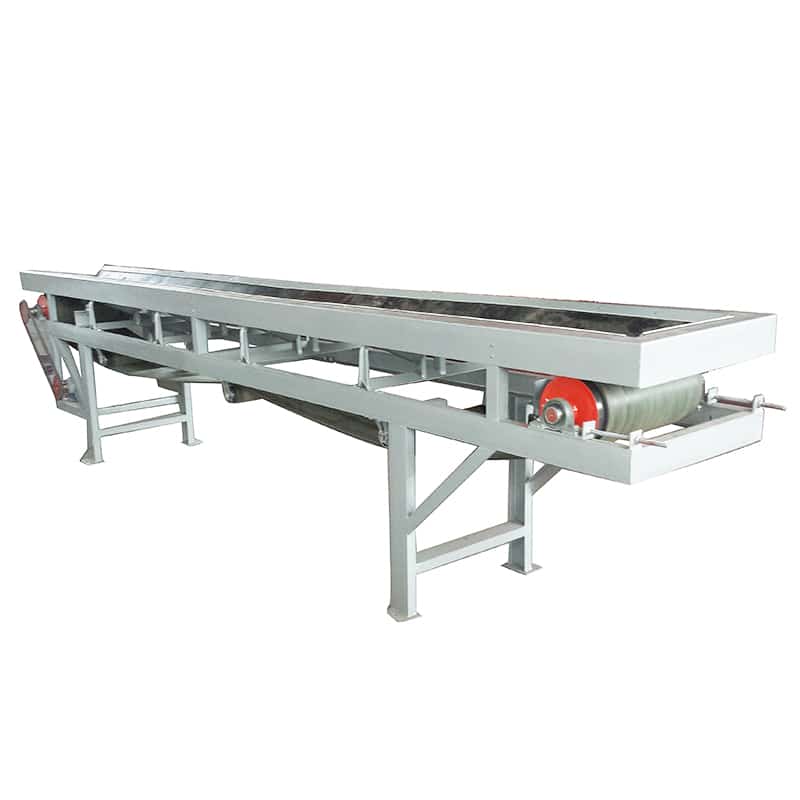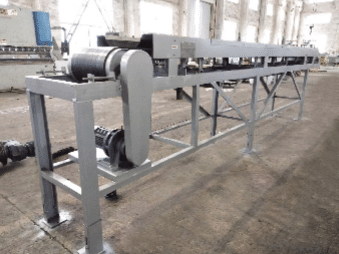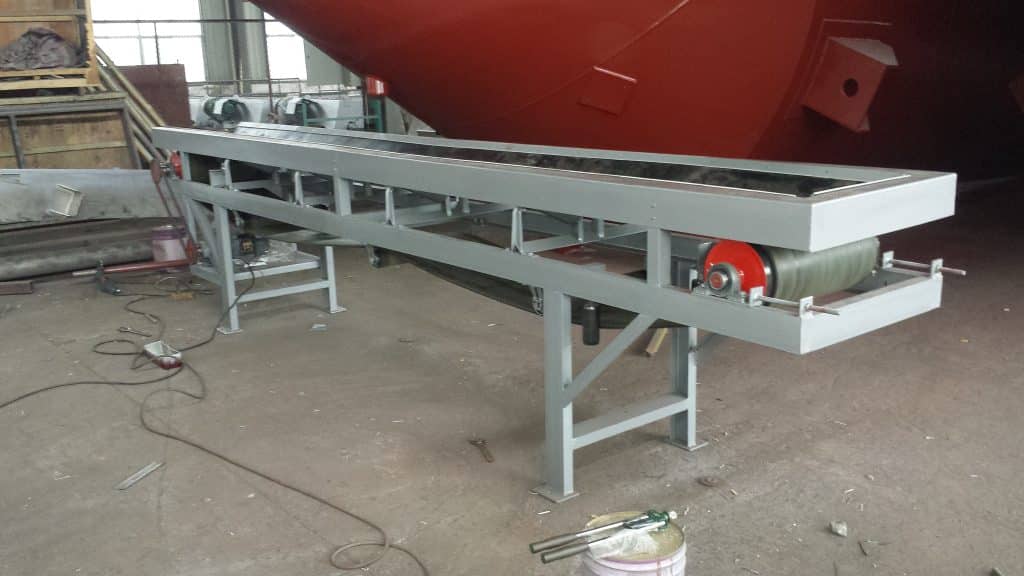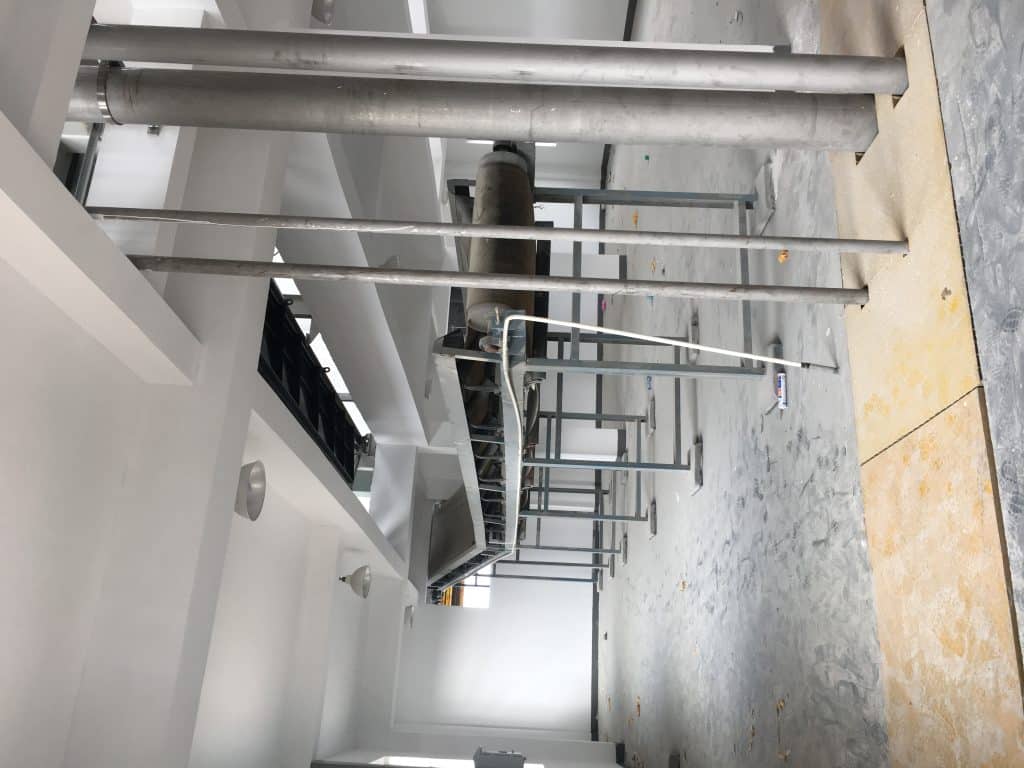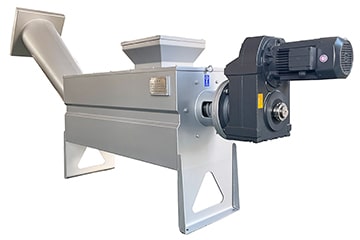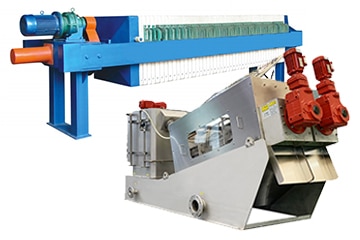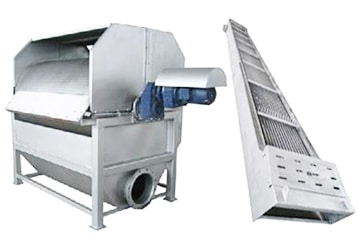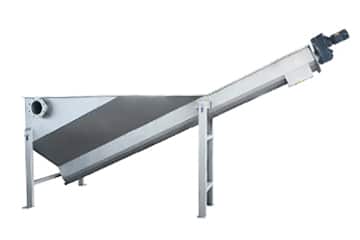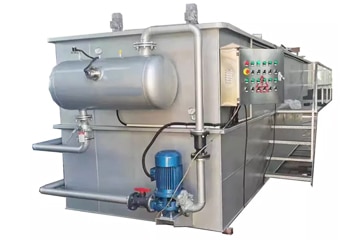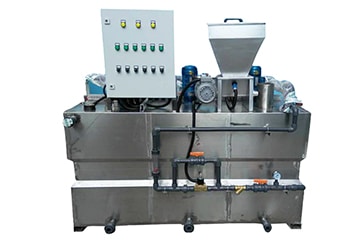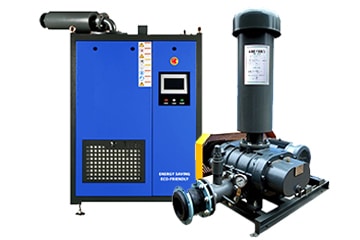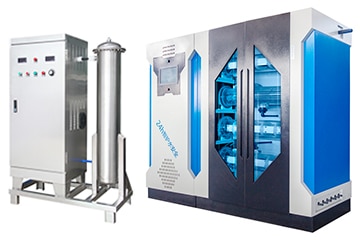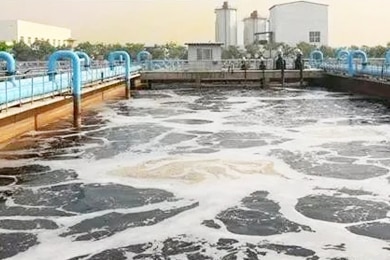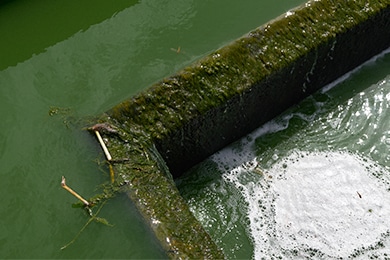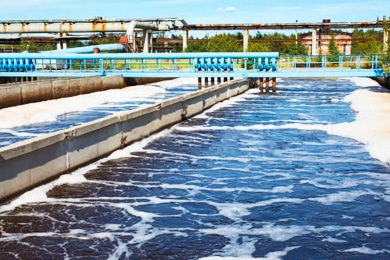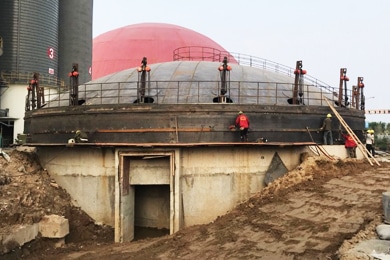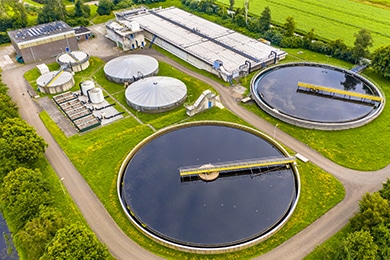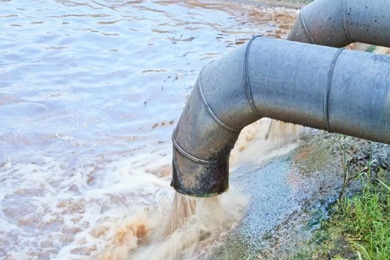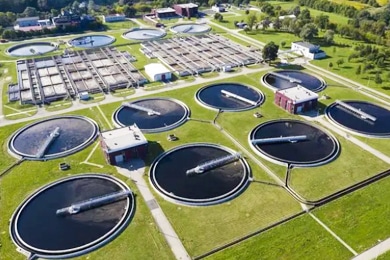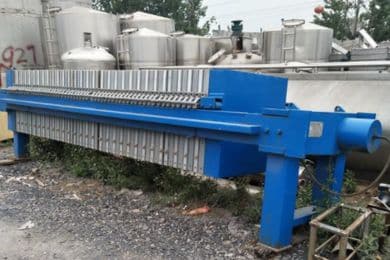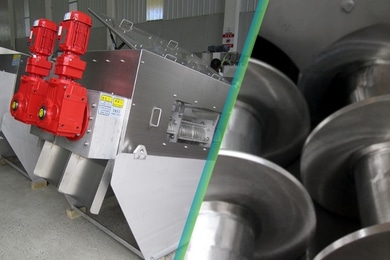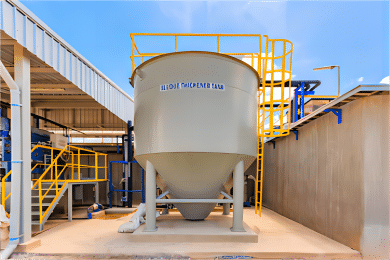Sludge Belt Conveyor
Belt conveyor is a kind of equipment that uses conveyor belt as the traction and bearing member, and carries out material transfer through the continuous movement of the conveyor belt that carries the material. It is simple in structure, easy to maintain, and has a wide range of applications. It is one of the most widely used conveying machines at present, and is also an effective method of transporting bulk materials.
From dewatering sludge, drying biosolids, screening slag or grit to other wastewater treatment, sludge belt conveyors have supported water and wastewater treatment facilities for many years.
Belt Conveyor Structure
- Conveyor belt: Conveyor belt is the bearing and traction member of belt conveyor, made of rubber, canvas and other materials.
- Driving device: The driving device provides power for the conveyor belt, which usually consists of electric motor, reducer and driving roller.
- Tensioning device: The tensioning device provides tension for the conveyor belt to ensure that there is no slippage between the conveyor belt and the driving pulley.
- Rollers: The rollers support the conveyor belt and prevent it from sagging.
- Unloader: The unloader removes material from the conveyor belt.
Working principle of belt conveyor
- The drive unit drives the driving pulley to rotate.
- The friction between the driving drum and the conveyor belt moves the belt forward.
- The material is placed on the conveyor belt and moves forward together with the belt.
- When the material moves to the discharging place, the material is discharged through the discharging device.
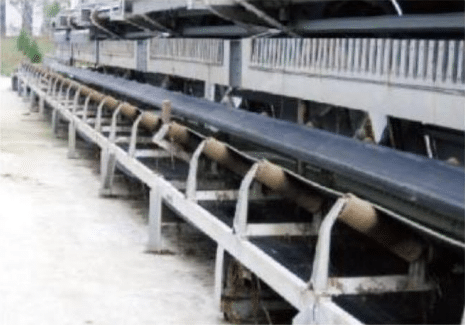
Features
- Simple structure, easy to maintain.
- Large conveying capacity and long conveying distance.
- Strong adaptability, can convey all kinds of bulk materials and pieces of goods.
- Smooth operation and low noise.
- Long service life.
Technical parameters
- Common width: 500mm, 600mm, 800mm, 1000mm, 1200mm
- Rotating speed: 0.5~ 1.5 m/s
- Material: 304 stainless steel or carbon steel
- More parameters please contact us to customize
Sludge belt conveyor for wastewater
Segment
- Effluent Conveyance: Conveyance of effluent from the collection point to the treatment facility.
- Sludge transportation: Transportation of sludge from the wastewater treatment process to the sludge treatment facility.
- Dewatered Sludge Transport: Transportation of dewatered sludge to the final disposal site.
Application examples
- Inlet grating: The debris intercepted by the grating needs to be transported by belt conveyor to a designated location for disposal.
- Sedimentation tank: The sand accumulated at the bottom of the sedimentation tank needs to be transported by belt conveyor to the designated location for disposal.
- Sludge thickening tank: The sludge in the sludge thickening tank needs to be transported to the sludge dewatering machine with a belt conveyor.
- Sludge Dewatering Machine: Sludge filter cake from the sludge dewatering machine needs to be transported by belt conveyor to the designated location for treatment.
- Sludge Digester: The digested sludge from the sludge digester needs to be transported by belt conveyor to the designated location for disposal.
- Sludge Incinerator: The slag from the sludge incinerator needs to be transported by belt conveyor to the designated location for disposal.
Selection considerations
- The type and nature of the material to be conveyed: different types of materials on the belt conveyor structure and material requirements are different. For example, corrosive materials conveyor belt conveyor needs to use corrosion-resistant materials.
- Conveying capacity and conveying distance: according to the scale and layout of the wastewater treatment facilities, select the appropriate conveying capacity and conveying distance of the belt conveyor.
- Use of the environment: according to the environmental conditions of the wastewater treatment facilities, select the appropriate level of protection of the belt conveyor. For example, in a humid or dusty environment, it is necessary to select a waterproof and dustproof belt conveyor.
Applications
- Water and wastewater treatment: For conveying sewage sludge, biosolids, etc.
- Mining: Used for conveying coal, ore and other minerals.
- Power plant: used to convey coal, fly ash and other fuels.
- Building materials: used to convey sand, cement and other building materials.
- Port: used to transport coal, ore, grain and other bulk goods.
- Agriculture: used for conveying grain, fertilizer and other agricultural products.
- Others: used for conveying materials in food, chemical, tobacco and other industries.

